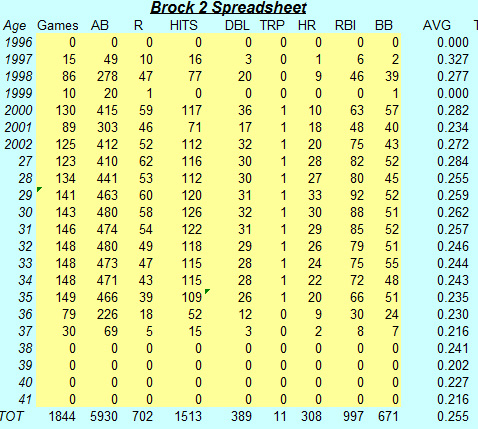If you repeat this video four times, you’ll have a good idea what former Minnesota Twin David Ortiz has done to the current Minnesota Twins this week.
Two homers last night. Two more the night before.
That’s numbers 439, 440, 441, and 442 for his career, which will end at the National Baseball Hall of Fame in Cooperstown, New York.
If the Minnesota Twins’ releasing David Ortiz on Dec. 16, 2002 isn’t the biggest blunder in the history of Minnesota sports, what is?
Over the years, the apologists for former manager Tom Kelly have faded as each Ortiz blast — usually when it matters most — sailed into the Fenway (or as the case may be, Target Field) night.
In 2001, the Sporting News reported on the kind of hitter the Twins were trying to get Ortiz to become:
A year ago, the Twins tried to get DH David Ortiz to shorten his stroke and punch balls up the middle and to the opposite field. The results were decent: a .282 batting average, 10 homers and 63 RBIs in 415 at-bats.
This season, the club would like to see Ortiz take advantage of the power potential in his 6-4, 230-pound frame. He has made several adjustments, including lowering his hand position in his stance and shortening his leg kick. After 16 games, he was batting .365 and leading the team in homers with four. If Ortiz stays focused, he has the opportunity to have a breakout year offensively.
Ortiz hurt his knee in 2002 and had a bad year. He hit only 20 HR and had an OPS (on-base and slugging percentage) of .839. So general manager Terry Ryan released him so the team wouldn’t have to pay him $2 million, money they could use to keep Torii Hunter (the Twins let him sign somewhere else in 2008), and to keep shortstop Jose Morban on the roster.

Ortiz, of course, signed with the Red Sox and has won three World Series titles. Morban hasn’t won any for the Twins. He was cut before the season, a season in which Terry Ryan was named Major League Baseball’s executive of the year.
The apologists — if there are any left — will say there’s no way the Twins could’ve predicted Ortiz would become the hitter he’s become. They’re wrong.
Anybody who plugged Ortiz’ numbers with the Twins into statistics guru Bill James’ formula for predicting a player’s future would’ve come up with this (for explanation of BROCK5, see this post on Joe Mauer). Everything after 2002 is a projection.
You know who probably did plug those numbers into Bill James’ formula? Bill James. He was hired fulltime by the Red Sox one month before the Twins released Ortiz.
Ortiz, of course, has exceeded his projection. But even his projection is nothing to sneeze at.
Through 2011, it showed Ortiz would hit about 239 home runs after his time in Minnesota.
For the record, that’s 10 more home runs over nine years than Justin Morneau has hit in his entire 13-year career. It’s 122 more than Joe Mauer has hit over his 11-year stay, and neither of those two is a chump. The projection showed Ortiz would hit only about 10 fewer homers for his career, than Torii Hunter has hit in his.
Even if Ortiz had only hit to his projection, he would still sit at #126 for all-time homeruns in the history of baseball. His projected number of doubles would tie a guy named Joe DiMaggio.
If he hits another blast against the Twins today, he’ll move past Dave Kingman into 39th place on the list, and is on a pace to move past hitters like Dave Winfield, Willie Stargell, Stan Musial, and — by next year — Lou Gehrig. Only one other player has put up the kind of numbers Ortiz has after leaving a team. Babe Ruth.
Related: Twins publicly criticize Aaron Hicks’ lack of preparation (HardballTalk).

